Tiarella: description, varieties, cultivation
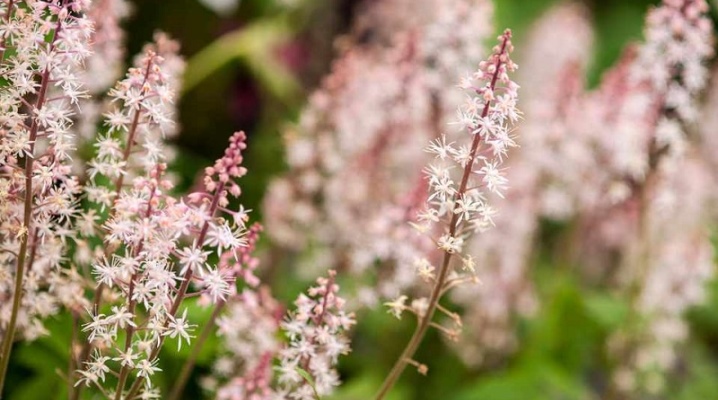
Tiarella is a plant that decorates garden plots with lace. Otherwise it is called "tiarka". In natural nature, it is found in cold temperate climates, loves shade, therefore it is ideal for shady areas in the landscape. The absence of the sun does not prevent the plant from gaining good color, taking shape in luscious greenery.
Another plus is winter hardiness. The plant can be safely grown in any climate, it needs minimal care. Even a novice gardener can plant and grow tiarella. It is enough to follow simple rules in order to achieve the successful development of a beautiful ground cover.

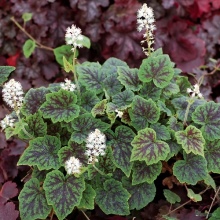
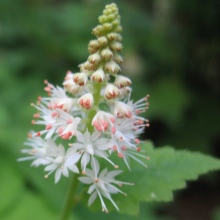
Botanical description
Tiarella is described as a perennial herb. The height of the flower can vary from 10 to 80 cm. The rhizome is not very strong, but it grows at an extraordinary rate. Other external characteristics:
- complex or simple sheet type;
- the color of the leaves is dark green, in the center they are purple or light green with a pinkish middle;
- leaf length up to 15 cm, up to 10 cm wide;
- a two-centimeter petiole attaches the leaf to the stem;
- a flower of a tubular type or a cone type;
- the color of the flowers is snow-white or pale pink;
- blooms in late spring - early summer for just over a month;
- at the stage of flowering, seeds are formed.
The high decorativeness of tiarella persists throughout the season, even after flowering, which is why it is so in demand by gardeners.
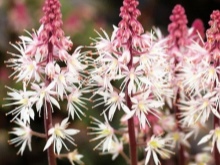
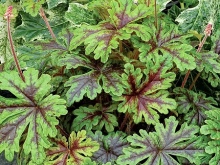
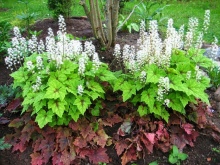
Types and varieties
The variety of types and varieties of tiarella, including hybrid ones, allows you to choose a plant for every taste.
Heart-leaved
Perennial ground cover, height does not exceed 30 cm. It has leaves of an openwork type, dark in color, there are varieties with spectacular foliage color, veins, edging. The flowering is creamy, shallow, the inflorescences are densely formed vertically. Winters well, grows quickly. In a short period, it can cover a large area with a lush carpet.
Among the popular varieties of heartwood, the following are distinguished.
- Pink skyrocket - perennial variety, height about 30 cm, flowers like a cone or rocket, faded pink bloom. The foliage is large, similar to maple, with a mid-purple hue.
- Spring symphony - the variety was bred in North America, blooms extremely profusely, inflorescences are light, pinkish, like sultans.
- Jeepers creepers - a spectacular variety, has leaves of an openwork type of a delicate shade of green, by the end of the season they turn purple.
- Heronswood mist - refers to hybrids, the foliage is light green with a touch of pinkish or white tones, decorated with a spectacular brownish ornament. one of the few varieties that requires heat.
- Sugar and Spice - a variety with large-type foliage, serrated along the edge, veins of a dark purple tone, the background is green. The bloom is light pink.
- Sylvan lace - undersized representative of the species - no higher than 20 cm, the width of the bush can reach half a meter. Leaves are bright green, dark in the center. The flowers are white.
- Iron butterfly - its leaves are dissected type with a purple center. Cone-type flowering, light pink.
- Happy trails - the maximum crop height is 15 cm, the growth width is 1 meter. A beautiful variety with green leaves, in the center they have a shade of dark purple, snow-white bloom.
- Angel wings - plant height up to 25 cm, carved leaves, burgundy in the center, rich green at the edges.The flowers are fluffy, small, star-shaped, pink.
- Oregon Trail - the leaf is large, with a beautiful brown ornament.
- "Pacific Cross" - foliage-like blades with bright juicy greens, a pattern of brown tones throughout the leaf.
- "Silverado" - a small plant with large foliage, decorated with patterns. The flowers are snow-white or pink.
- "Crowe phaser" - height up to 25 cm, the leaf plate is coarse, rich greens, covered with a touch of purple. The bloom is pink.
- "Mystic Myst" - maximum height 15 cm, leaves gradually change color from pink to green with a reddish gradient pattern. The bloom is white.
- "Ninya" - plant up to 30 cm tall, bright green foliage, dissected type with reddish veins. The bloom is light pink.
- Hybrid Tiarella Appalachian Trail - a low-growing plant, the maximum height of which is 10 cm, grows up to 90 cm in width. Green foliage has a dark center with a pattern of brown tones, the flowering is snow-white, fluffy. Ideal for soil cover, ampel growth. It is unpretentious in care, it is enough to huddle and water it, you can periodically feed it. Grows well in partial shade or in the sun.
- "Verry" - the height of this perennial plant is up to 30 cm, there are no shoots on the sides, the growth is not too fast when compared with other types of tiarella. It is a compact bush with a beautiful white or light pinkish bloom. It blooms almost all summer, has a high decorative effect due to its spectacular foliage. The leaf plates have a rich green color and a contrasting ornament in the middle. Does not tolerate frosts too well, requires shelter.
- Timbuktu - herbaceous perennial about 30 cm tall, shaped like a dense rosette. Large leaves are light, green with a beautiful openwork, burgundy in the middle, veins of a purple tone. The flowering is light pinkish, the inflorescences are fluffy panicles. In length, the peduncle can reach a meter. It grows very quickly and requires large areas, it looks best growing in the shade.
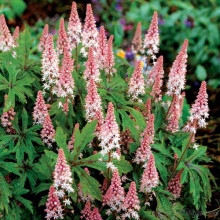
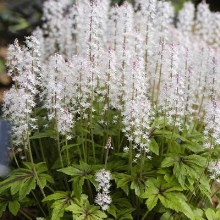
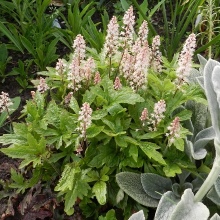
Other types of tiarella.
- Multileaf - not frost-resistant, requires shelter for the winter; bloom is beautiful, pale pink. The height of the bush can reach half a meter.
- Three-leaf - undersized type. The foliage is exquisite, carved, dark green in color. It grows at a high rate if the care is of high quality. The bloom is pale pink with fluffiness, the inflorescences are shaped like a cone. It tolerates winter well, is not capricious in leaving.
- Single-leaved. The height of this plant is about 45 cm. It grows well in any conditions, as it grows in natural nature, it is wild. The frost resistance of this tiarella is high.
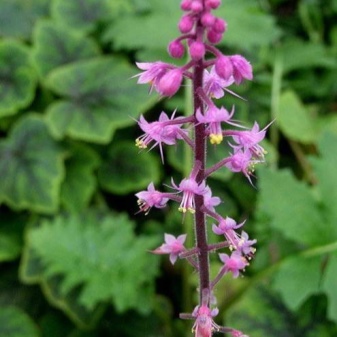
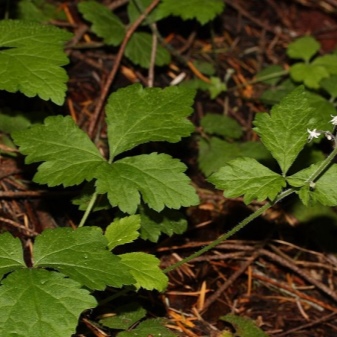
Landing rules
You can buy plant seedlings at any specialty store. After that, you need to find a place in the garden to plant tiarella outdoors. Better most of the varieties grow in partial shade and shade, but there are also light-loving varieties, this should be taken into account when choosing a place for them. These include variegated specimens. However, direct sunlight will not be useful to them. Thiarella is used as a ground cover. The optimal landing site is near shrubs and trees. This plant looks great in the form of rock gardens, rockeries, mixborders.
As for the choice of soil, the exactingness of the "tiarka" in this matter is very low. The optimal type of soil is loose, slightly acidic or neutral, nutritious, well holding water.
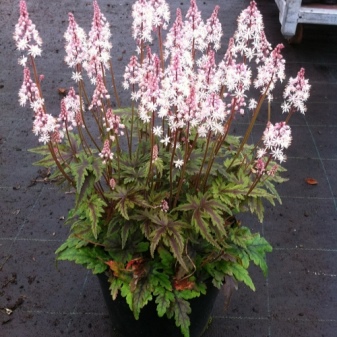

Landing Algorithm:
- the pits are rather deep;
- compost, organic matter are laid in them;
- then the plant is placed, the root system is corrected;
- the hole is covered with soil, rammed;
- during the period of engraftment, the culture needs shading, moistening, weeding and loosening.
After the first moistening, the soil should be mulch to keep moisture in the soil for as long as possible. You can use sawdust, shavings, humus, dry foliage. Tiarella looks great in a company with conifers, ferns, heuchera, boxwood, shrubs of various types. This plant is planted next to barberry, cereals. You can not only fill the voids of the site with tiarella, but also decorate garden paths, curbs with it, create circles of the near-stem type, flower beds in company with other plants. This type is also suitable for the design of reservoirs.
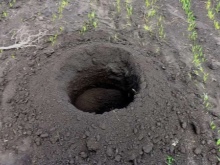

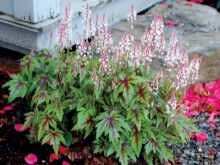
Care features
In order for tiarella to please the eye with a beautiful appearance and develop well, you need to know a few rules for caring for it.
Feeding rules:
- feeding is necessary at the very beginning of the season and at the end of flowering; for this, mineral fertilizers are used;
- it is best to feed the plant immediately after moistening by combining the composition with water;
- organic compounds have a great effect on growth and flowering: manure, dry grass, bird droppings;
- before flowering, thiarella should be fed with nitrogenous complexes.
Almost all varieties tolerate drought well, but this negatively affects the external qualities of the culture, so regular and abundant watering is required. Thanks to him, the foliage looks brighter, the flowering becomes denser.

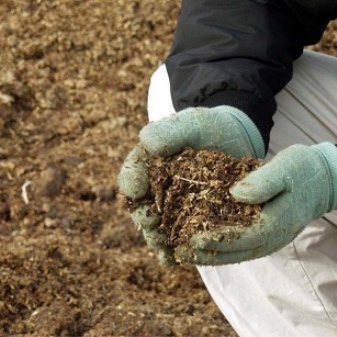
Despite the winter hardiness of most varieties, there are varieties that require shelter. This process should be started in late autumn. Around November, thiarella is cut almost to the base, then covered with a layer of peat, dry foliage. Youngsters are covered with a better quality using a denser material. When the threat of frost disappears, the shelter can be removed.
The transplant should be done every 4 years. During this period, the plant grows quite strongly. From below, the plant becomes naked, so its decorative effect decreases. In this form, the bush does not tolerate frost well. The plant should be dug up and divided. Its parts are planted in areas favorable for growing. In addition, additional care measures should be taken. In order not to reduce decorativeness, destroy the inflorescences when they fade, otherwise the seedlings will grow chaotically. Young plants require timely weeding from weeds.
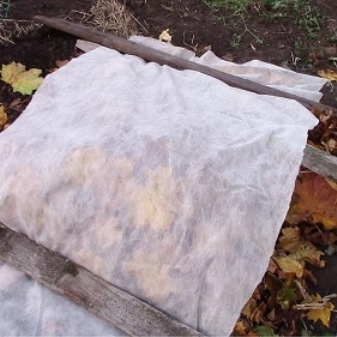
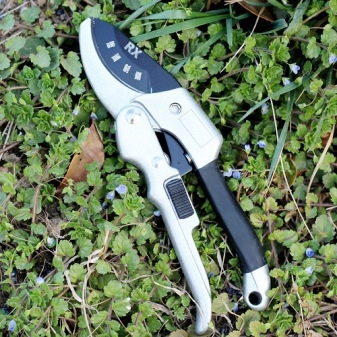
Reproduction
The plant can be propagated in three ways:
- seed;
- cuttings;
- dividing the bush.
All of them are quite simple and have good performance, but when propagated by seeds, the maternal characteristics of the variety can be lost.
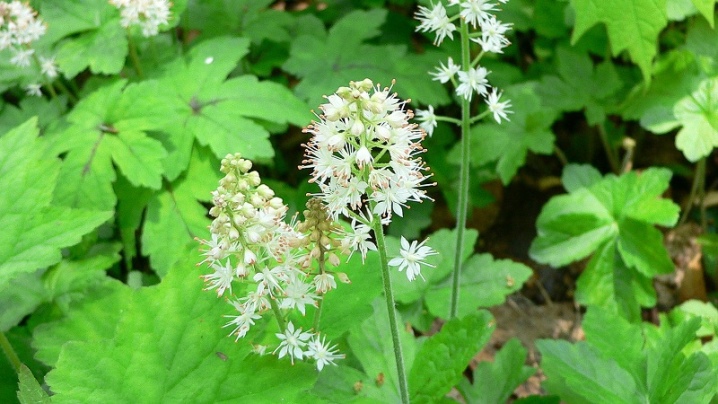
Seed method:
- small seeds are combined with sand;
- if you live in the south, you can immediately sow them into grooved soil in April;
- the seeds are deepened up to 2 cm into the soil, covered with sand or earth;
- from above you need to cover all this with polyethylene to create a greenhouse effect;
- when the sprouts hatch, the film is removed;
- the distance between seedlings should not be less than 5 cm;
- sprouts should be moistened;
- 5-centimeter shoots can be transplanted to a permanent place of growth;
- in areas of the middle lane, seedlings are first formed in containers at the end of winter - early spring;
- already fully strengthened specimens are planted in open ground;
- from above, the seeds are covered with sand;
- then they are moistened and covered with film, glass;
- the plants are ventilated daily;
- matured plants with an earthen lump are transplanted.
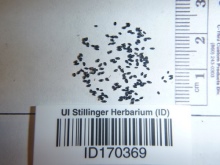

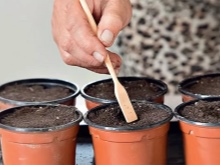
Dividing a bush is an easier method. It is carried out in early autumn after flowering. To do this, choose a mature bush, dig it up and divide it. Plants are immediately planted and moistened.
Cuttings:
- separate the stalk with a rosette from a mature bush;
- placed in a container with a solution that stimulates root growth;
- then planted in the ground;
- for the winter, the bush requires careful shelter.
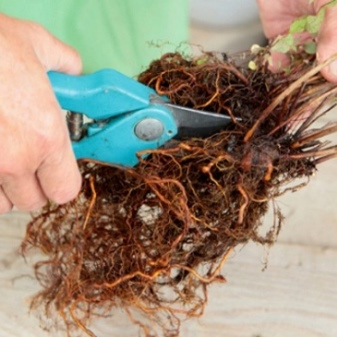
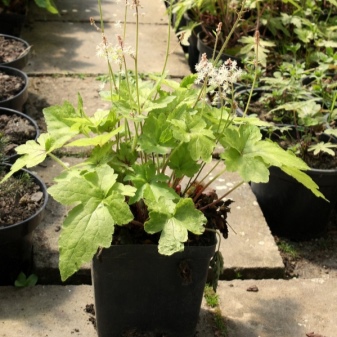
Diseases and pests
This representative of the flora has good immunity and rarely gets sick. Tiarella is considered completely immune to pest attacks. Moreover, this plant is capable of oppressing weed neighbors and repelling insects.Thus, the use of chemicals for its processing is not required. The only exception is weak specimens.
Plants planted in too gloomy, dark places with damp soil, stagnant moisture can also get sick. Such bushes can be overcome by slugs. Fighting them is done manually.
If you notice that the plant is weak, sprinkle the soil next to the root with ash. She tends to scare away slugs.
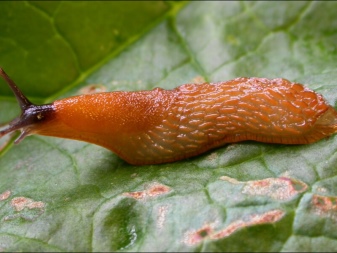

For the difference between tiarella and geyhera, see below.







































































































The comment was sent successfully.